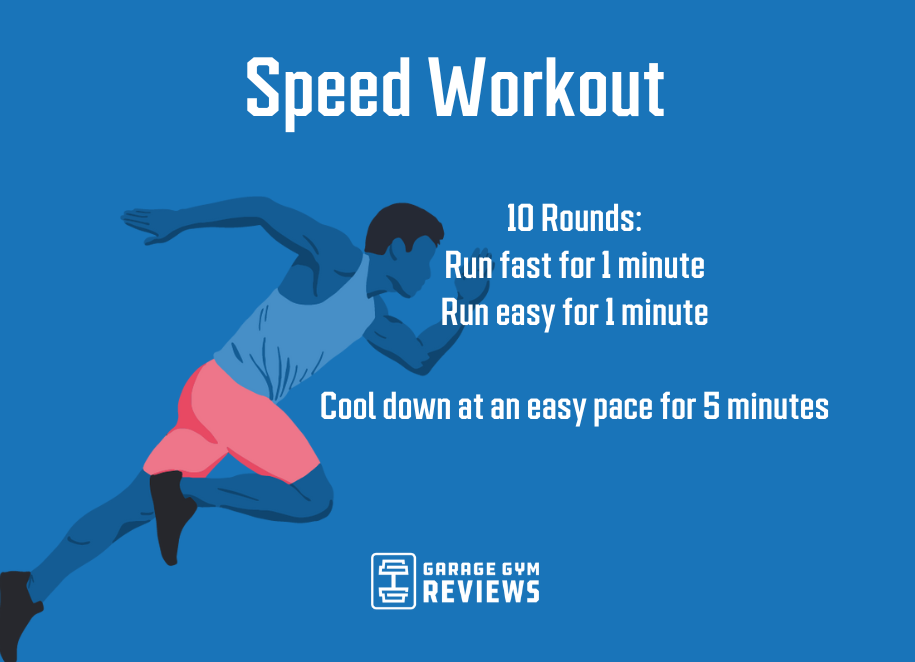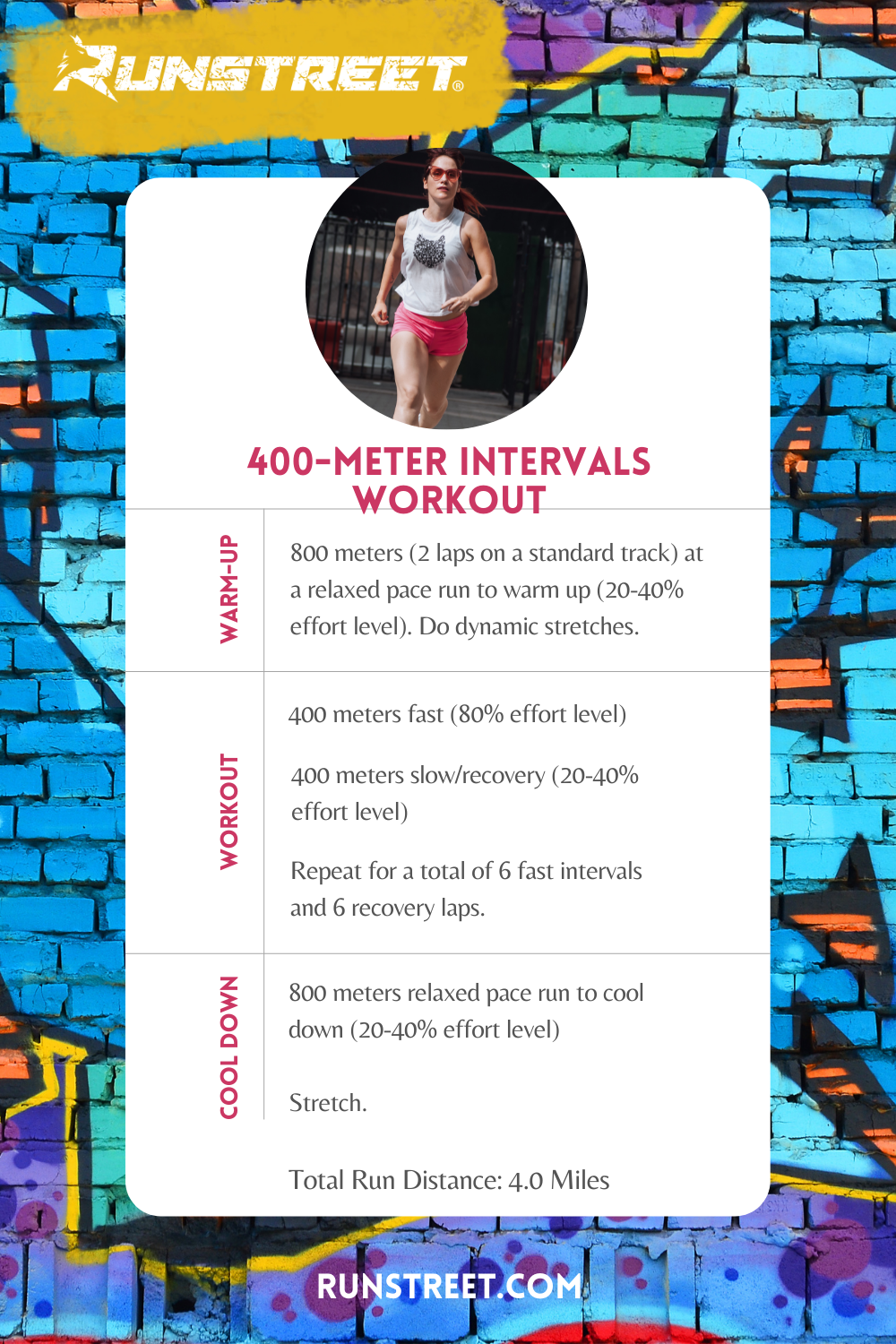Running Workout Techniques: Strategies to Enhance Endurance and Speed
Running Workout Techniques: Strategies to Enhance Endurance and Speed
Blog Article
Just How to stop and Manage Discomfort in Operating: Expert Tips and Suggestions
As joggers, we usually locate ourselves caught between the excitement of pressing our physical limits and the pain that can accompany it. The quest of that runner's high can sometimes be impeded by the undesirable companion of pain. Whether you are a seasoned marathoner or a novice hitting the pavement for the very first time, the bothersome visibility of discomfort and discomfort is a common measure. Nevertheless, there exist tested approaches and experienced guidance that can aid alleviate and take care of these pains, permitting you to concentrate on the delight of running itself.
Significance of Appropriate Footwear
Correct shoes plays an essential role in preventing and managing pain for runners, as it significantly affects their convenience, efficiency, and total foot wellness. When it concerns running, using the right shoes can make all the distinction. Uncomfortable or inappropriate footwear can bring about a host of issues such as sores, shin splints, plantar fasciitis, and even more serious injuries like tension fractures.
Picking the correct running shoes includes taking into consideration variables such as foot type, gait mechanics, running surface, and personal choices. Joggers with high arcs may call for more cushioning and assistance, while those with flat feet could gain from stability footwear. Furthermore, comprehending pronation (the internal rolling of the foot) and supination (the exterior rolling of the foot) can aid in choose shoes that give the best level of arch support.
Buying high quality operating shoes that are suitable for your specific demands can help avoid pain and pain while improving your running experience. Focusing on proper shoes is not practically efficiency but also regarding safeguarding your foot health and wellness in the lengthy run.

Efficient Workout Strategies
Shoes choice is just one element of planning for an effective run; one more crucial component is executing efficient warm-up techniques to optimize efficiency and decrease the threat of injury. A dynamic warm-up routine before a run aids boost blood flow to the muscles, enhances adaptability, and improves the variety of motion of the joints. Dynamic extends like leg swings, high knees, and hip circles are useful in preparing the body for the physical demands of running. Slowly boosting the intensity of the warm-up exercises can aid turn on the muscle mass and enhance neuromuscular sychronisation.
In addition to dynamic stretches, including some light cardio exercises such as running or skipping rope can even more raise the heart rate and heat up the body. This combination of vibrant extending and light cardio helps loosen up limited muscular tissues, lube the joints, and mentally prepares the jogger for the upcoming exercise (running workout). By making workouts a consistent component of your running regimen, you can dramatically lower the danger of injuries and carry out at your best throughout each run
Trick Extending Exercises
When getting ready for a run, incorporating essential stretching exercises is important to boost muscle mass flexibility and protect against injuries - Read More. Dynamic stretches such as leg swings, high knees, and hip circles are useful for warming up the muscles and raising series of movement prior to a run. These motions assist boost blood flow, loosen tight muscles, and prepare the body for the task ahead
Fixed stretches like calf stretches, hamstring stretches, and quadriceps stretches must comply with a run to assist in muscle healing and prevent rigidity. Holding each go for 15-30 secs permits the muscles to kick back and elongate, lowering the risk of post-run soreness and prospective injuries.
In addition, incorporating yoga exercise poses like down canine, pigeon position, and spine spins can target multiple muscle mass teams simultaneously, advertising general adaptability and stamina. Consistent stretching regimens not only boost efficiency however also assist in keeping good running kind and preventing overuse injuries. Remember, appropriate extending strategies are important for a safe and pleasurable running experience.
Recovery and Rest Methods
After finishing a run, executing effective healing and remainder techniques is crucial for taking full advantage of efficiency and decreasing the risk of injuries. One essential facet of recovery is allowing the body time to rest and fix itself. Appropriate rest is extremely important as it is during rest that muscles recuperate and grow more powerful. In addition, incorporating remainder days into your training routine is vital to stop overuse injuries and exhaustion.
Energetic recuperation strategies such as gentle extending, my response foam rolling, and yoga exercise can help enhance circulation, decrease muscle soreness, and boost adaptability. It is additionally useful to focus on hydration and nourishment post-run to restore electrolytes, glycogen stores, and advertise muscular tissue healing.
Cross-training tasks like swimming or biking can provide a break from the repeated impact of running while still maintaining cardiovascular health and fitness - running strategy. Paying attention to your body and identifying when it requires a break is crucial to avoid persistent injuries and ensuring long-term running success. Bear in mind, remainder is not an indication of weak point however an essential part of a well-rounded training routine
Cross-Training Benefits

Moreover, cross-training aids in avoiding mental exhaustion by adding variety to your workout routine, keeping you motivated and taken part in your health and fitness trip. It enables you to deal with different aspects of fitness that might not be targeted only through running, causing a much more well balanced and well-rounded athlete. In addition, cross-training can assist boost running efficiency by resolving muscle inequalities and weaknesses that may hinder efficiency. On the whole, incorporating cross-training into your program can lead to enhanced endurance, rate, and total sports performance while minimizing the probability of injury.
Conclusion
To conclude, proper shoes, workout techniques, stretching workouts, recuperation methods, and cross-training are important parts in protecting against and taking care of discomfort in running. By incorporating these methods right into your regimen, you can minimize the danger of injury and discomfort while making best use of performance and enjoyment of the sport. Read More. Keep in mind to pay attention to your body, prioritize remainder and recuperation, and seek expert assistance when required to guarantee a secure and effective running experience
Report this page